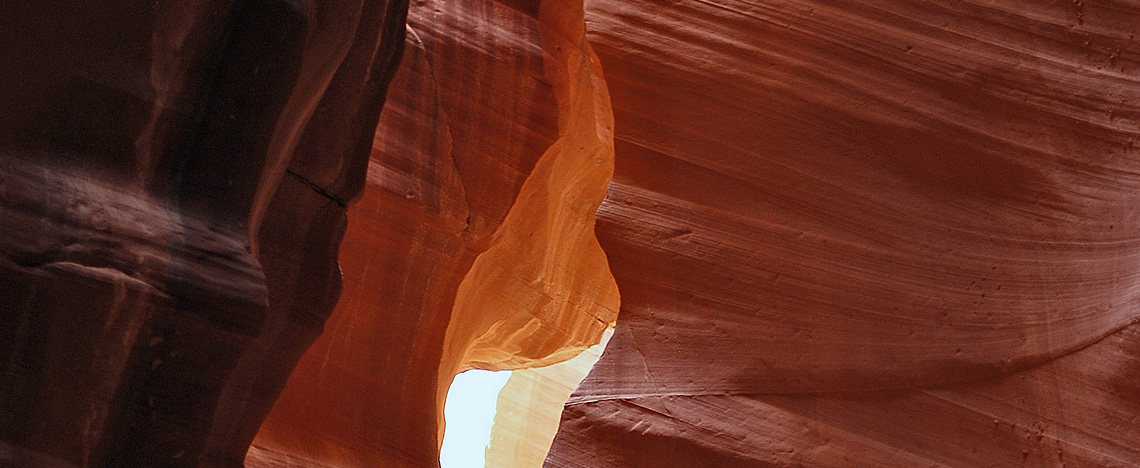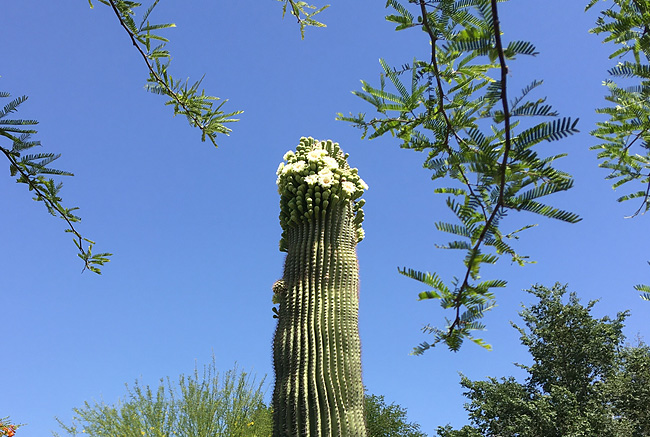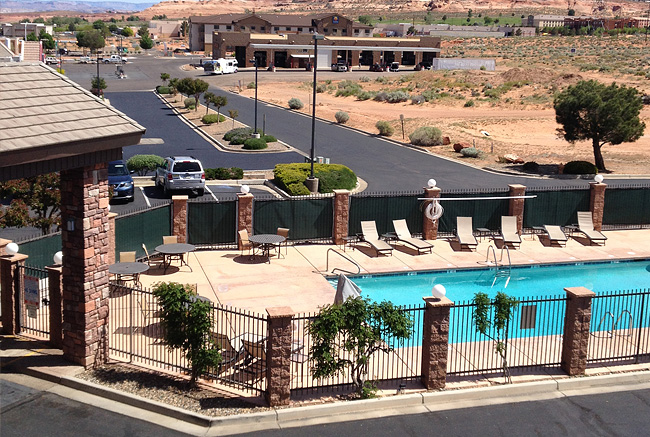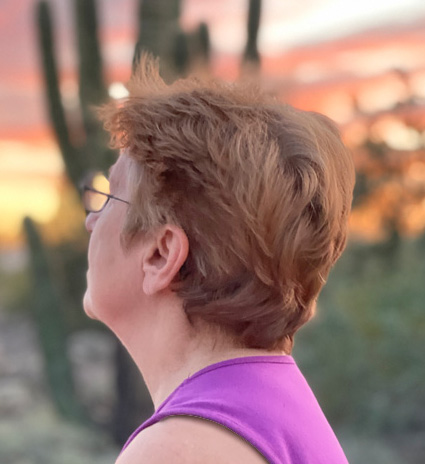
Page, Antelope Canyon
Antelope Canyon
Antelope Canyon is located very close to the city, just four miles away. It is not a national park but is on Native American land and belongs to the Navajo Nation. This is the largest tribe in the US and their reservation is the largest in terms of land area. All Native Americans living on reservations, it turns out, do not pay income tax if their income is earned on the reservation and do not pay property tax if it is located on the reservation. The Navajo Nation (I don’t know about other tribes) has made its territory a restricted-access park, and all attractions within their territories are tightly controlled and commercialized. You cannot visit any site without their escort, and tickets are not cheap. For Antelope Canyon, an adult ticket costs $75 and a child’s ticket is $58. Nevertheless, there are many visitors. You cannot drive your own car. We arrived at the appointed time, watched a Native American dance, then got into semi-open trucks and drove, first on the highway and then on a sandy road.
We had a tour of Upper Antelope Canyon. The entrance and the entire canyon are at ground level. There is also Lower Antelope Canyon, but it requires descending down a ladder, is twice as long, and is a separate tour.
Antelope Canyon is certainly a very unusual slot canyon. You enter as if into a cave, and light filters through the openings at the top of the rocks. The yellow-red rocks have smooth, textured lines that in some places resemble antelope horns and in color, they resemble an antelope’s skin. Due to the unique lighting, photos in this canyon are stunning. The colors in the photos do not exactly match the real colors and depend on the season, time of day, and weather conditions.
The final stage of our stay in Page, after Antelope Canyon, was a visit to a popular restaurant in town where they smoke barbecue right on the street in two huge smokers. This restaurant is styled like an old gas station (because it is an old gas station). It features live country music and is very popular. People even stand in line waiting for a table. The restaurant has two dining areas, indoor and outdoor, but everyone prefers to sit outside. We were lucky and did not have to wait in line. The meat cooked in these smokers was incredibly delicious and was ordered by weight rather than by portion. We took some to have for dinner when we got home.
The next day we loaded up and headed back. We passed through Flagstaff. Snow was still on the mountaintops of Flagstaff, and there was a magnificent pine forest around. Only as we approached the Phoenix metro area we did see our beloved Saguaros. They had just begun their flowering period, and all the Saguaro girls were adorned with flowers and buds like crowns on their heads.





















